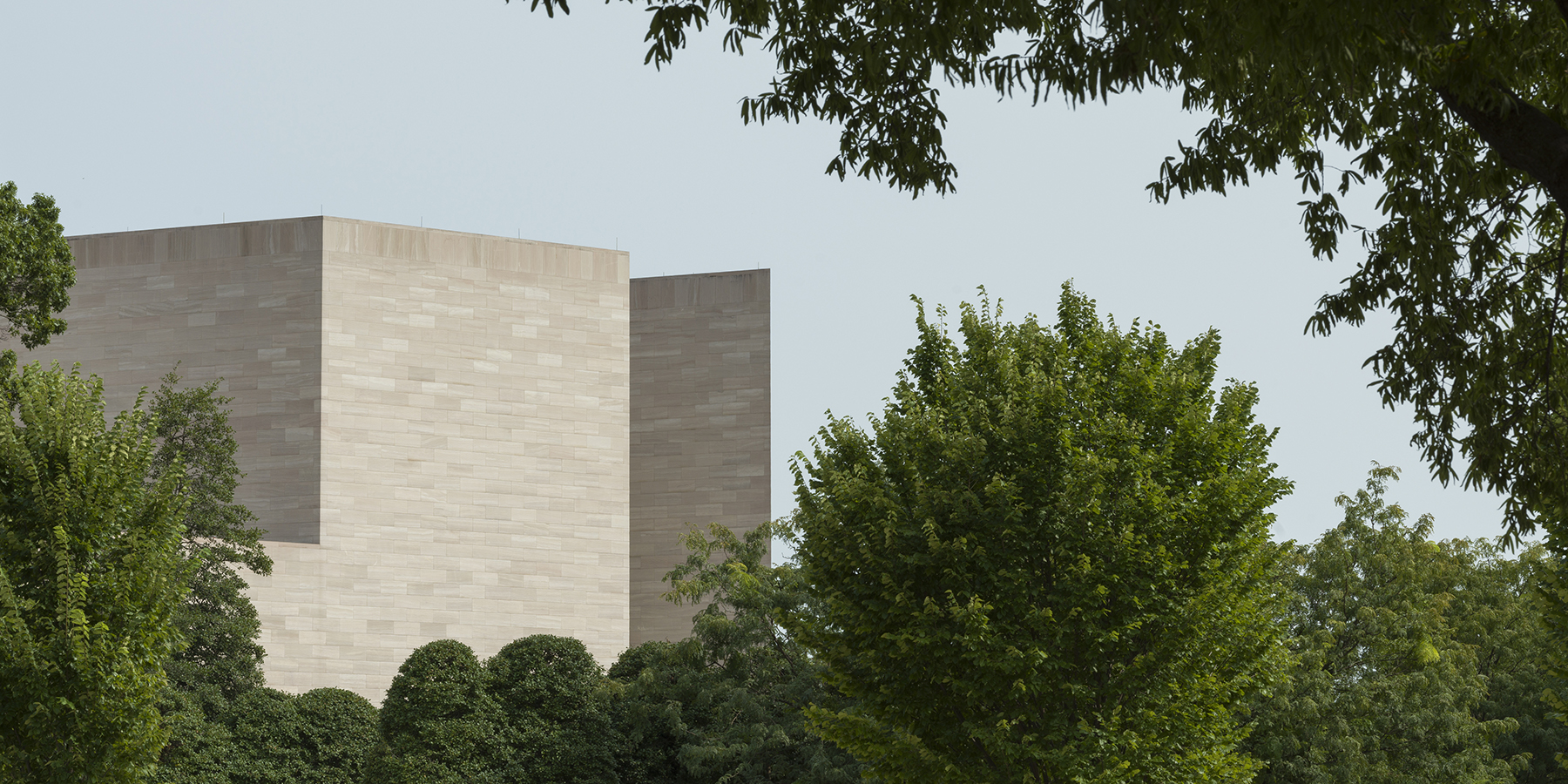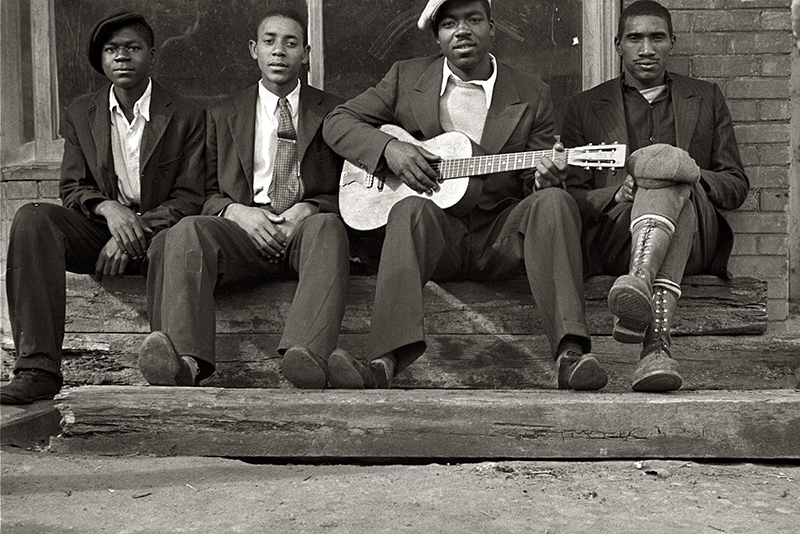Select FSA images by Shahn evidently inspired Romare Bearden, as he used them as a foundation for some of his early social realist paintings (c. 1940–1942). Bearden’s strategy of basing his paintings on Shahn’s images was unremarked before my research. Many scholars have explored Bearden’s early work through a biographical lens that emphasizes his southern heritage, travels, and personal interest in southern Black themes. Although a sense of nostalgia absolutely infuses this work, I argue that Bearden’s early work is considerably more loaded in terms of its aesthetic project. Bearden is particularly famous for his application of fragmented photographs and newsprint in collages from the 1960s onward, but his adoption of Shahn’s FSA photographs suggests an earlier and distinct relationship to photographic sources. Functioning outside of the documentary work of Shahn, Bearden’s paintings foreground his subjective response to Black photographic subjects as he transforms bodies and narratives within the space of the canvas.
I further my attention to photographic viewing and interpretation by investigating Elizabeth Catlett’s and Charles White’s methods of appropriating documentary images. Here, I consider the dependence of their social realism on photography, as well as documentary photography’s reliance on familiar themes of family, domesticity, and labor, drawn from the history of Western art. Specific works of the 1930s and 1940s by Catlett and White, I argue, speak to contemporary methods of understanding American life through attention to race, gender, and socioeconomic class based on preexisting images and assumptions. I focus specifically on the ways in which these artists looked to documentary images, which ranged from 19th-century cartes de visite to FSA photographs, for inspiration, transformation, and storytelling. By contrast, the outright rejection of photographic sources also requires consideration. Does a lynching photograph or a portrait of Harriet Tubman need to be a source for storytelling? When does the photographic image potentially hinder artistic narrative and style? Bearden, Catlett, and White raise these questions throughout their oeuvres. My project seeks a fundamentally new understanding of the working methods of these artists, while also creating fresh insights into the relationship between photography and social realist painting and printmaking.
Indiana University
Paul Mellon Visiting Senior Fellow, summer 2021
Phoebe Wolfskill will return to her position as associate professor in the Departments of American Studies and African American and African Diaspora Studies at Indiana University in fall 2021. Her most recent publication, “Photographic Disruption in the Work of Emma Amos,” appears in Emma Amos: Color Odyssey, edited by Shawnya L. Harris.


